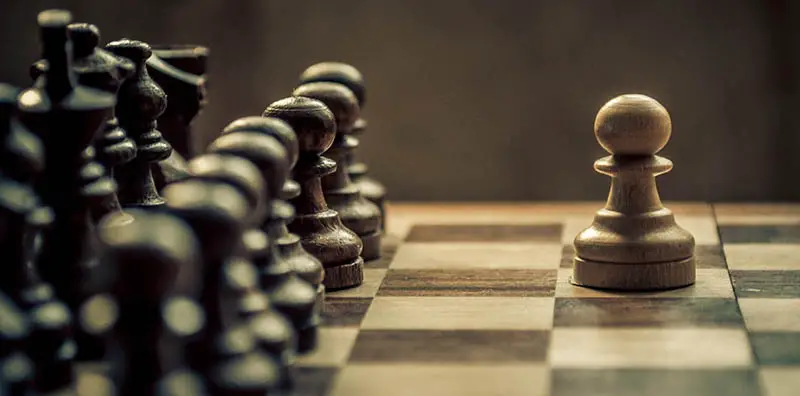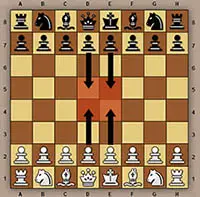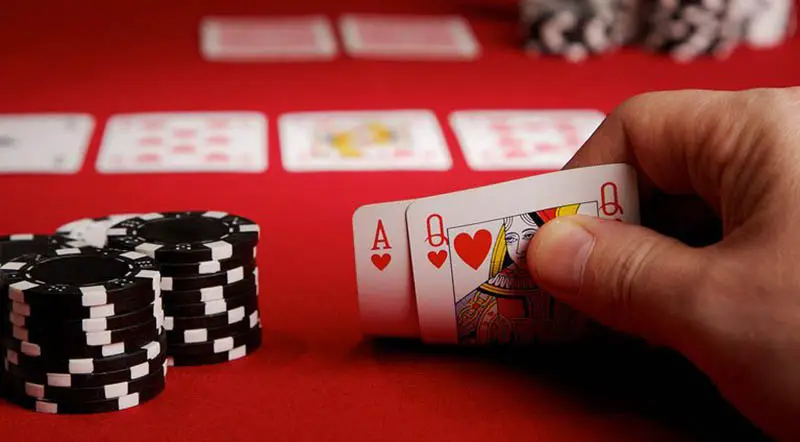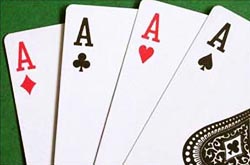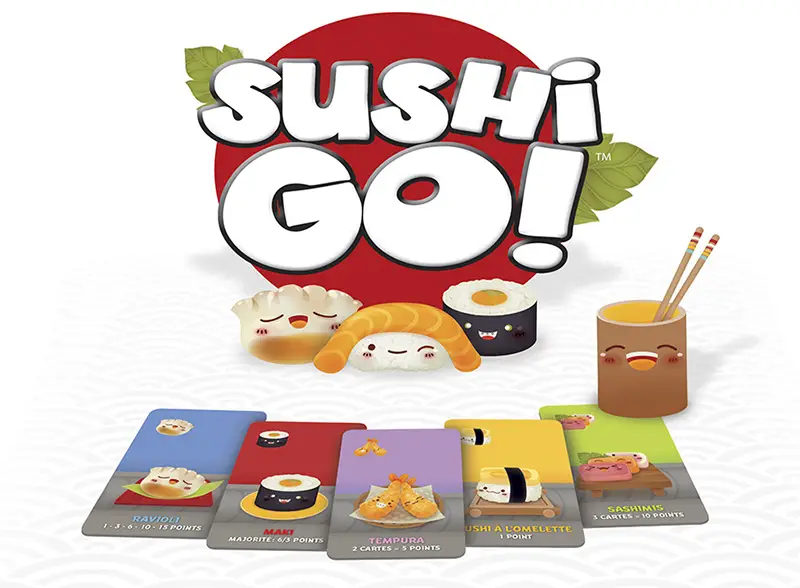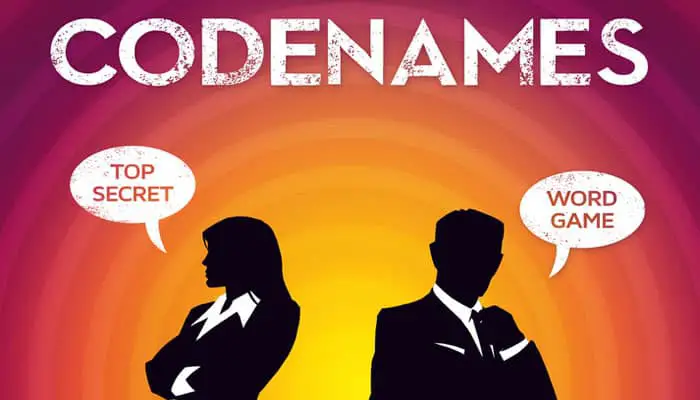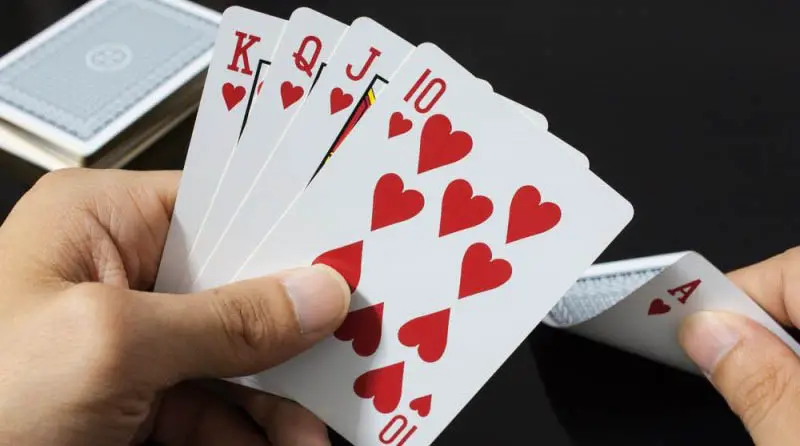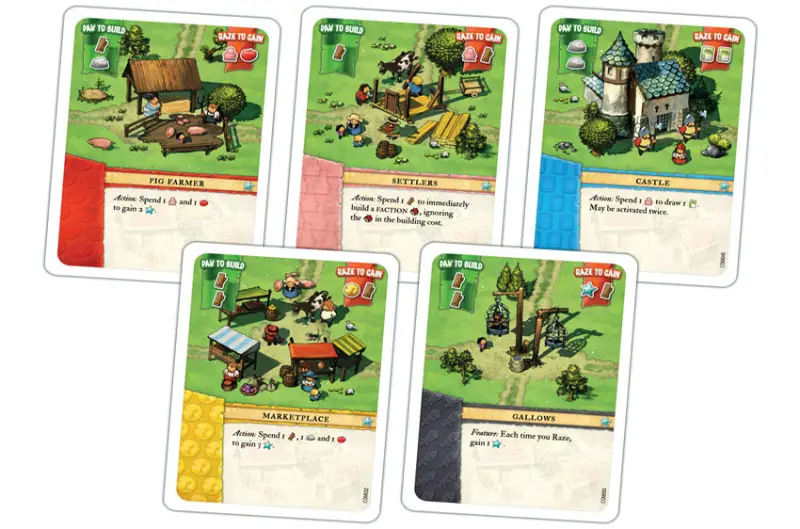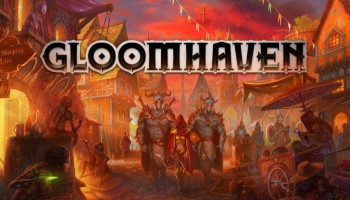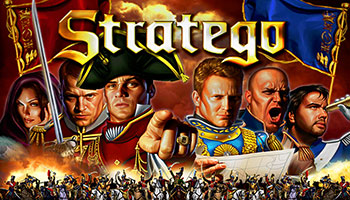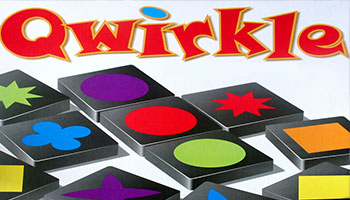
Each tile that you place impacts your city in some way. Tiles fall into one of four categories:
Residential  , Industrial
, Industrial  , Commercial
, Commercial  and Civic
and Civic  .
.
Most tiles give bonuses or penalties to Income  , Reputation
, Reputation  or Population
or Population  , while others give you special abilities.
, while others give you special abilities.
Each tile has four or five main elements, as shown in the example below:

Tiles must always be placed so that at least one edge is adjacent to another tile (face up or face down). Tiles can be placed so that they go around (but not rest on top of) the Borough Board. …

